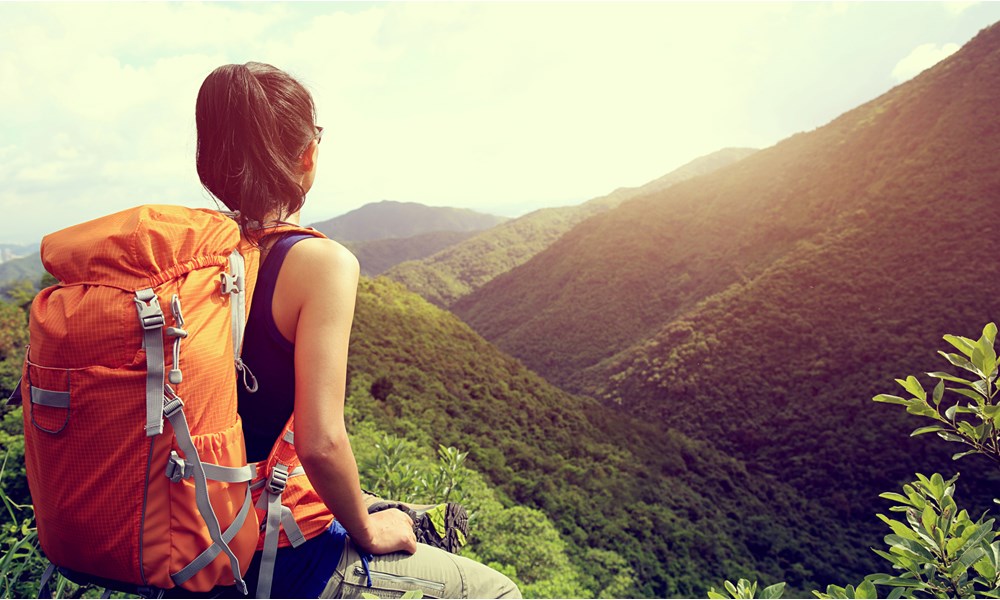How to Plan a Backpacking Trip

A backpacking trip is an inexpensive way to see some of the most beautiful places on the planet, whether you're exploring your hometown or halfway around the world. Here are some suggestions for what you should do while planning your trip.
Determine a location
Choose a location based on your experience, the amount of time you want to backpack, and the attractiveness of the area in which you’ll be hiking. Research locations and don’t take any chances. Most backpacking areas have websites and someone to contact for information. Be sure to inquire about hiking or camping permits, the best time of year, and alternate trails.
Gather your supplies
Backpacking trails provide astonishing views and rarely experienced privacy. They also lack department stores, grocery stores, and supply depots. Regardless of the length of your hike, be sure you have a lightweight backpack capable of carrying all your necessities. For overnight trips, bring a lightweight tent and/or sleeping bag. You'll also need to plan to bring enough food. Make a list before you leave, and keep your meals simple on extended trips.
Think safety
In addition to not having supply depots every mile, backpacking trails lack hospitals and drugstores, so you should bring a first aid kit. Your kit should include band-aids, bandages, a cold pack, gloves, and scissors. To avoid having to use that first aid kit, bring a flashlight or headlamp, warm clothing, sunglasses, sunscreen, chapstick, iodine tablets for water purification, and anything else that may prevent injuries or discomfort.
Don’t get lost
Bring a map and be sure to look at it before your trip begins. Use a detailed map that contains elevation changes and details about the terrain. Talk to park rangers or other knowledgeable people about the trail you choose. You should also bring a compass. If you don’t know how to read a compass, learn. As much as possible, you should also plan exactly where you’re going and about how long it will take. Tell someone where you are going and when you plan on returning. Many backpacking trails do not have cell phone coverage, so your best option for dealing with sticky situations is to avoid them completely.
Pay attention to details
Make sure you have more than enough food and water and do an equipment check to make sure everything works. If you have a hiking partner or partners—which is strongly recommended—do an equipment comparison and see if you can lighten your load. In areas with bears, never leave food in your tent or bring a tent that has had food in it recently.
Be aware
Be on the lookout for botanical or environmental dangers—poison oak and cold night temperatures, for example. Look for animal tracks. Choose your campsite carefully and avoid sites with dead overhead branches, exposed ridges, or evidence of flooding.
By planning carefully ahead of time, you're bound to have an adventure you'll remember for years to come. Have fun and stay safe!
